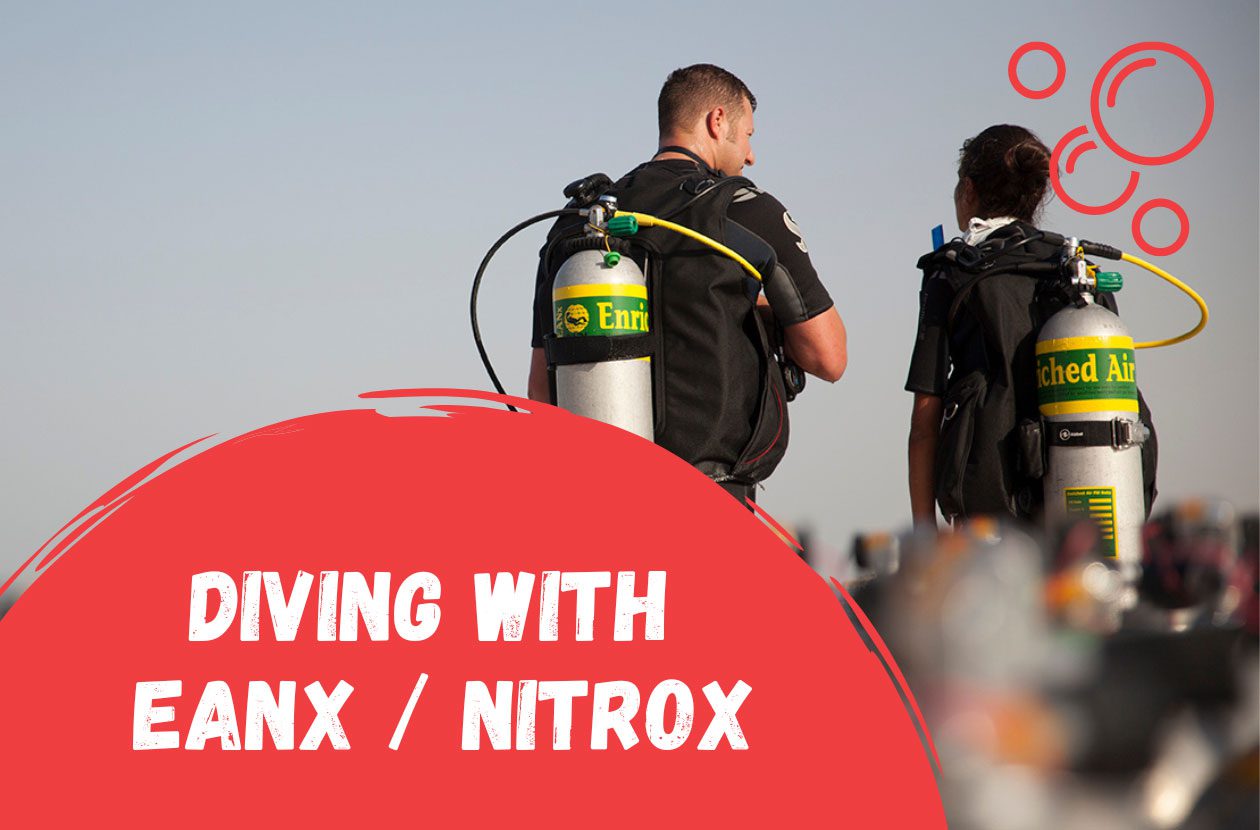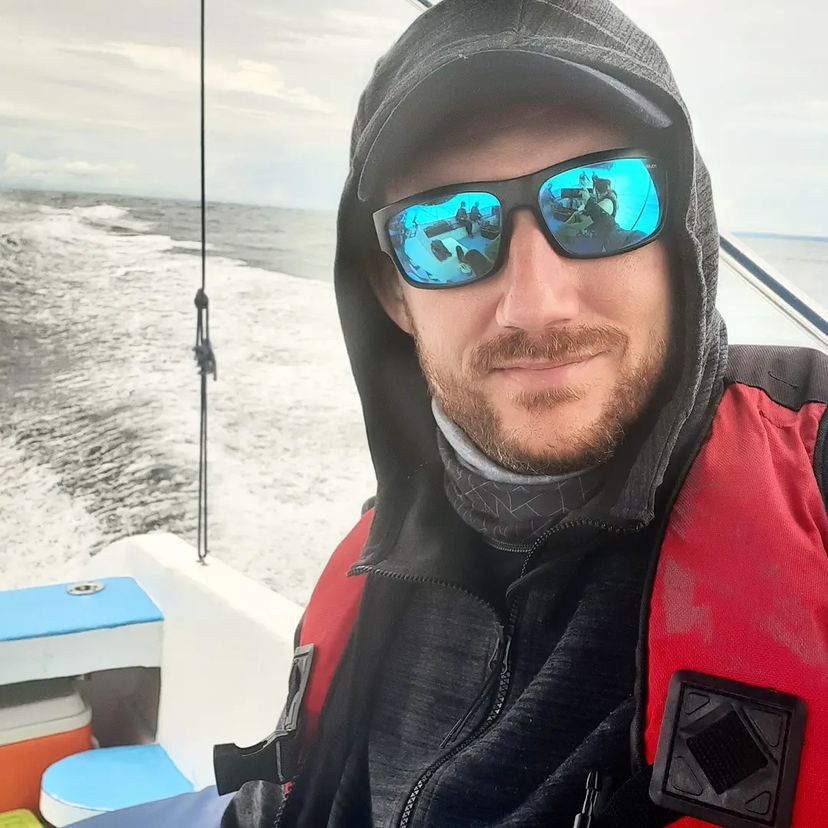Are you an avid scuba diver who loves exploring the depths of the ocean? If so, you understand the importance of safety and being prepared for any situation that may arise during your underwater adventures. One essential device that every scuba diver should consider investing in is a Personal Locator Beacon (PLB). In this article, we will explore the benefits and features of a PLB, how it works, and why it is a vital tool for scuba divers worldwide.
Table of Contents
The Need for Personal Locator Beacons
Exploring the underwater world can be an awe-inspiring experience, but it also comes with potential risks. Scuba divers may find themselves facing unexpected situations such as strong currents, equipment failure, or becoming separated from their dive group. In these scenarios, having a reliable means of signaling for help is crucial.
What is a Personal Locator Beacon (PLB)?
A Personal Locator Beacon, or PLB, is a compact electronic device designed to transmit distress signals in emergency situations. It is primarily used to alert search and rescue teams of your location when you are in need of immediate assistance. PLBs are often equipped with GPS technology to provide precise coordinates, increasing the chances of a successful rescue operation.
Different types of Personal Locator Beacons
Speaking of PLB devices, I must emphasize that there are two main types of these devices. Those which send GPS signal and those which send only radio signal to vessels within several miles. And while many would certainly debate what a PLB really is and whether it needs to have a GPS function, for me both types of devices are designed to help in an emergency.
How Does a Personal Locator Beacon Work?
When activated, a PLB emits a powerful distress signal that can be detected by satellite systems, such as COSPAS-SARSAT. These systems are operated by international search and rescue organizations and are capable of pinpointing the source of the distress signal with remarkable accuracy. Once the signal is received, rescue authorities can coordinate efforts to locate and assist the diver in distress.
The second type, which does not have GPS communication, will send signals using AIS, which stands for Automatic Identification Systems. The system of these transponders is designed to be able to automatically provide position, identification and other information about the sender to other vessels and coastal authorities.
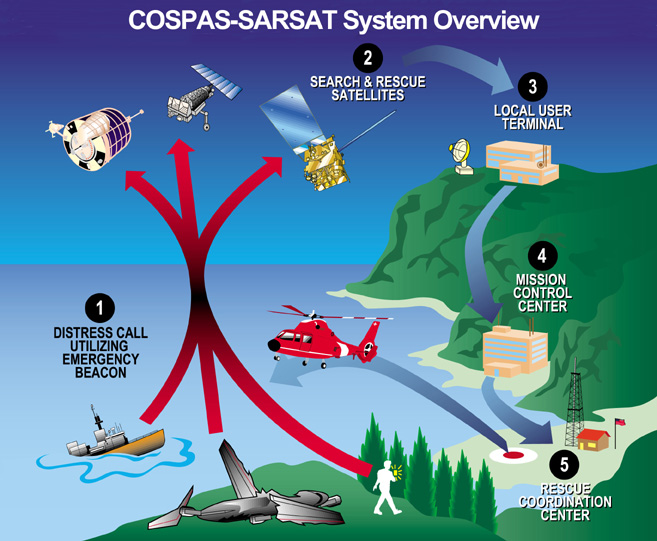
Features and Benefits of PLBs for Scuba Divers
Diving, especially in remote areas or in the open ocean, carries the potential risk of getting lost. Therefore, having a special PLB for a diver is a pretty good idea. Of course, such devices must be suitable for contact with water and for increased pressure underwater. So what features should a personal locator for a diver have?
Compact and Lightweight Design
Personal Locator Beacons are specifically designed to be portable and unobtrusive. They are typically small enough to be comfortably attached to your diving gear or carried in a pocket without hindering your movements underwater.
Global Coverage and Reliable Communication
PLBs utilize satellite communication systems that offer global coverage, ensuring that no matter where you are diving, your distress signal can reach search and rescue authorities. This worldwide connectivity provides peace of mind and enhances the chances of a timely response.
Distress Signal Transmission
When you activate a PLB, it transmits a distress signal that alerts rescue teams to your situation. This signal is recognized as a call for immediate assistance, ensuring that your distress call is treated with the utmost urgency.
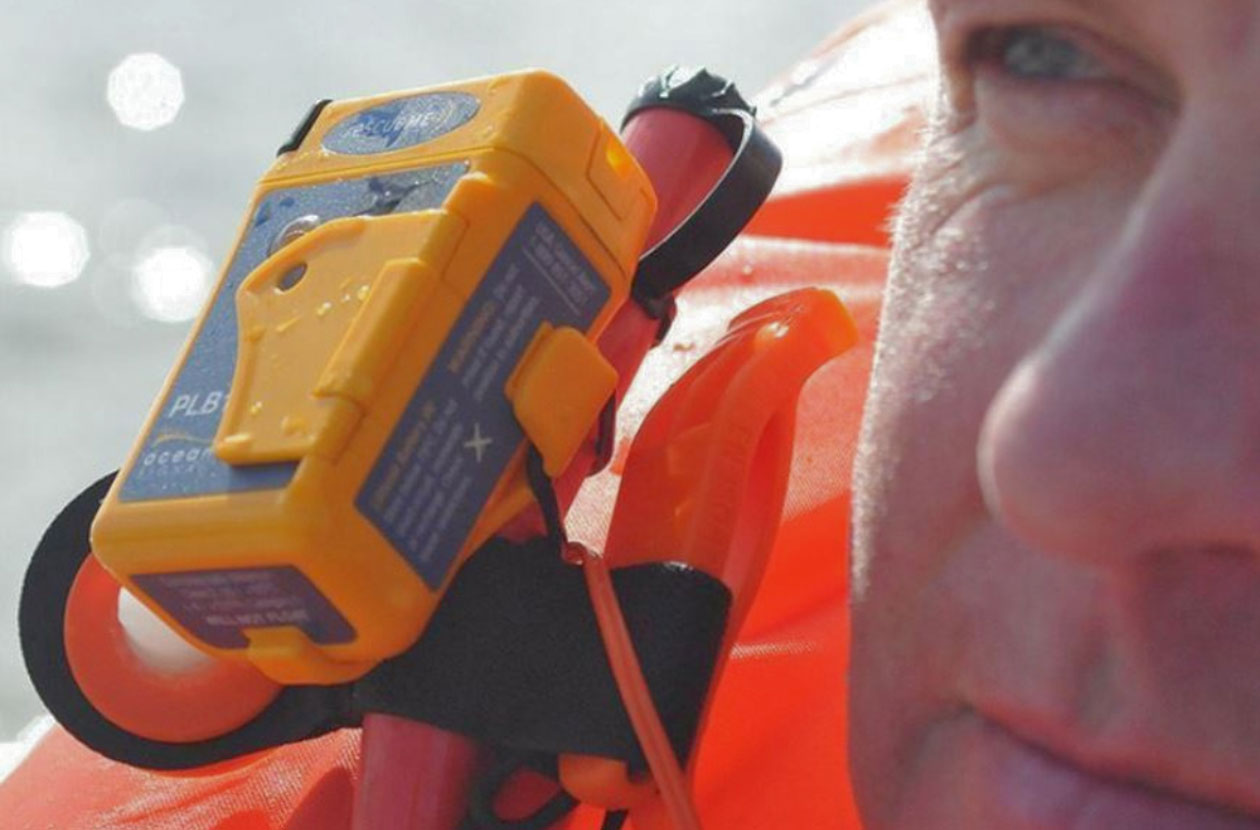
GPS Functionality for Location Tracking
The integration of GPS technology in PLBs enables precise tracking of your location. When activated, the device acquires your coordinates and includes them in the distress signal transmitted to the satellites. This feature significantly reduces search and rescue times, as your exact location can be quickly identified.
Long Battery Life
Personal Locator Beacons are designed to have a long battery life, often lasting several years. Some models even offer battery replacement options, allowing you to extend the lifespan of your PLB without needing to purchase a new device. Regular battery checks and replacements are essential to ensure that your beacon is always ready for use.
Personal Locator Beacon for Scuba Diving
When selecting a PLB for scuba diving, there are a few factors to consider. Look for a device that is specifically designed for marine environments and meets the necessary safety standards. Additionally, check for features such as waterproofing, easy activation mechanisms, and built-in buoyancy to increase the chances of a successful rescue.
Nautilus Marine Rescue GPS
The Nautilus Marine Rescue GPS is a specialized personal locator beacon designed specifically for diving purposes. By activating the button, it transmits a distress signal, along with your precise coordinates, to nearby boats utilizing the Automatic Identification System (AIS). In optimal conditions, the distress call has a range of up to 34 miles.
The device itself is waterproof up to 130 meters, ensuring its functionality even at significant depths. Additionally, the Nautilus is positively buoyant, meaning it will float if accidentally dropped in water. With a battery life of 5 years, the Nautilus offers long-lasting performance, and the battery can be easily replaced when needed. Furthermore, no subscription service is required, eliminating any additional costs beyond the initial purchase.
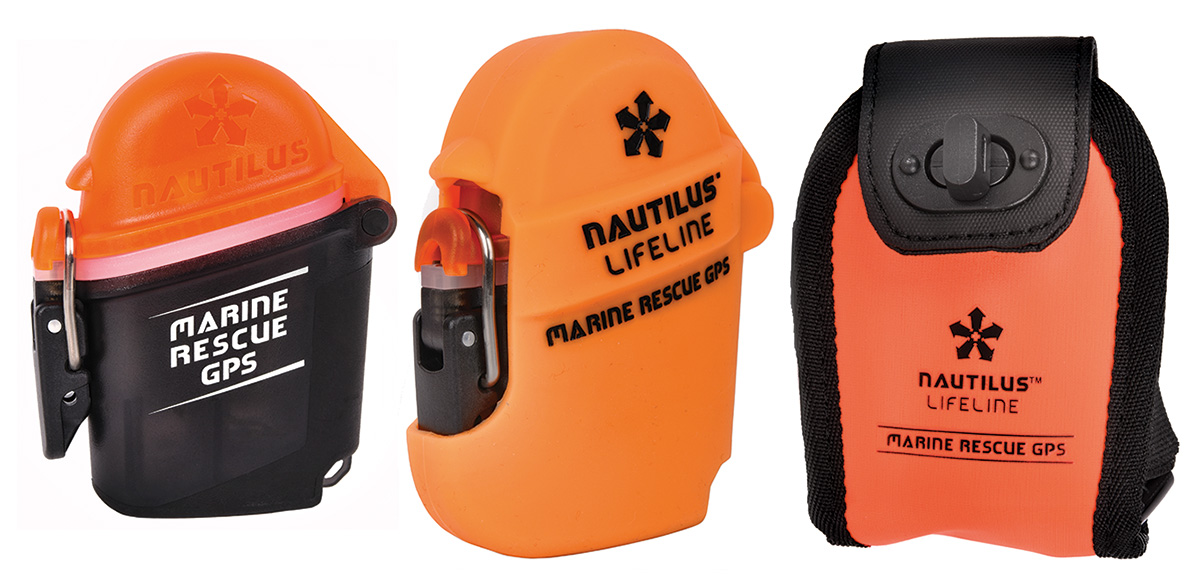
Ocean Signal RescueME PLB1
Whether you find yourself on the sea or on land, the Ocean Signal RescueMe PLB1 serves as your personal link to the rescue services. Once triggered, it promptly sends satellite notifications and provides the precise location of your distress situation. This aids the rescuers in quickly locating you by utilizing the strobe light and 121.5 MHz homing signal. The RescueMe PLB1 is an incredibly compact personal locator beacon that can be easily attached to most life jackets. It can be operated with just one hand, even in the most challenging circumstances. To prevent accidental activation, a simple spring-loaded flap covers the activation button.
To activate the RescueMe PLB1, extend the antenna and then lift the protective flap. Press and hold the ON button for one second until the green LED starts flashing. At this point, the PLB1 is activated and transmitting your distress position. It is important to keep the PLB1 above the water level. Please note that the responses are generated by an AI model and may not be accurate or up-to-date. Always refer to the manufacturer’s instructions and guidelines for accurate information about the Ocean Signal RescueMe PLB1.
ACR ResQLink View
The ACR ResQLink View is an authentic Personal Locator Beacon (PLB) that connects to the dedicated SARSAT network, which is specifically designed for rescue operations. To fully utilize its capabilities, it is necessary to register the device and provide relevant information about yourself and the purpose for which you will be using the device.
This PLB model is equipped with both a strobe light and an infrared strobe, enhancing visibility and improving the chances of being located during a rescue operation. In addition to GPS, it utilizes Galileo GNSS positioning, further enhancing its accuracy and reliability. Once activated, the ACR ResQLink View can transmit distress signals for up to 28 hours, providing an extended period for potential rescuers to locate you.
Garmin inReach Mini 2
The Garmin inReach Mini 2 is designed to connect to the private Iridium satellite network, ensuring reliable communication in remote areas. When the SOS feature is activated, it immediately contacts Garmin’s IERCC (International Emergency Response Coordination Center) for prompt assistance. This device offers two-way communication capabilities through SMS and email, allowing you to stay connected even in challenging situations.
The battery is conveniently USB rechargeable and can last approximately 30 days when in tracking mode. For added convenience, there is an optional dive case available, which is waterproof up to 100 meters. To access the satellite network for location tracking and two-way messaging, a monthly subscription of $15 is required. This subscription enables continuous connectivity and access to the device’s full range of features. To use this transmitter a for diving purposes, you need to buy an additional underwater housing.
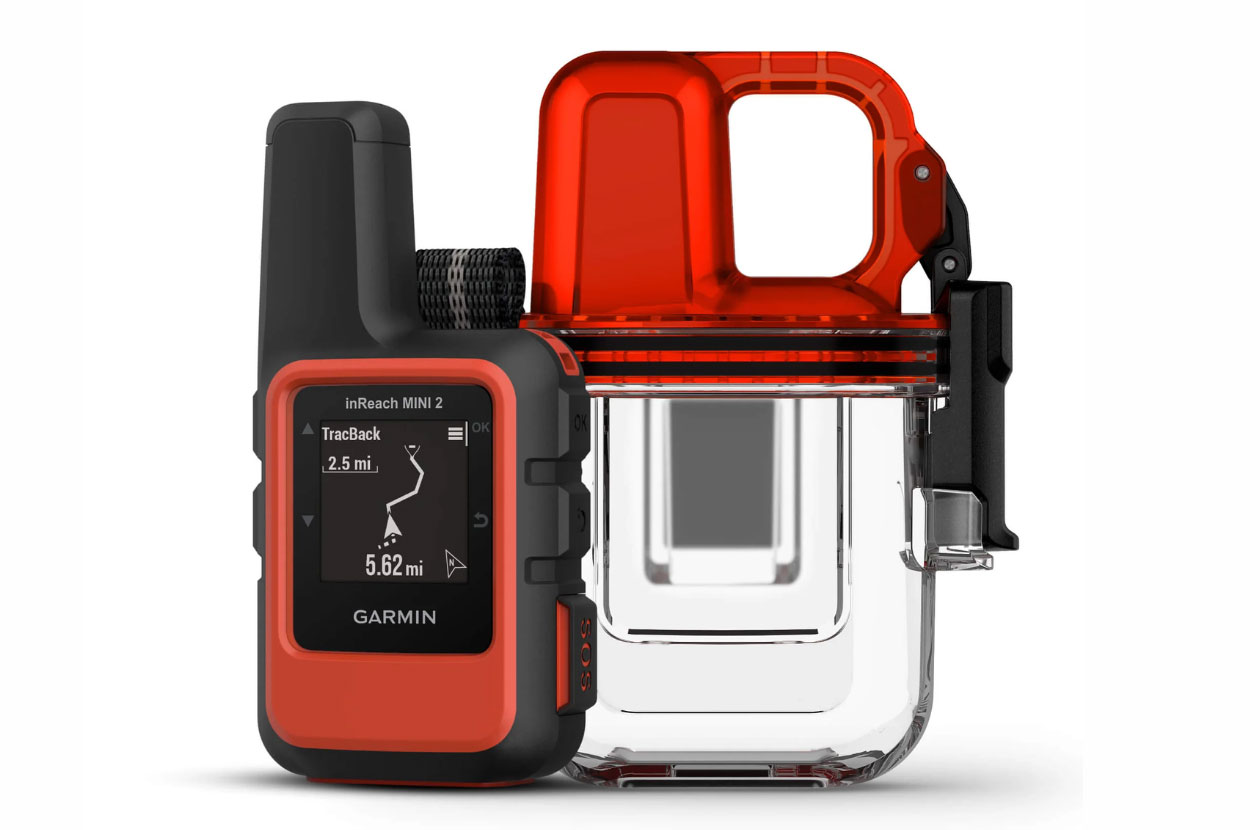
Can I use a Personal Locator Beacon for other outdoor activities?
Certainly! Personal Locator Beacons (PLBs) are not limited to scuba diving and can be used for various other outdoor activities. PLBs are versatile and valuable safety devices that provide an extra layer of security in remote or hazardous environments. It will work well for all activities such as climbing, hiking in the mountains, off-road expeditions, sailing and many others.
Are Personal Locator Beacons expensive?
The cost of Personal Locator Beacons (PLBs) can vary depending on various factors such as brand, features, and functionality. Generally, PLBs range in price from around $200 to $500 or more. The price can be influenced by additional features like GPS capabilities, two-way communication, built-in navigational aids, and durability in harsh environments.
Are PLBs easy to activate in an emergency?
Yes, Personal Locator Beacons (PLBs) are designed to be easy to activate in emergency situations. The activation process is typically straightforward and can be performed quickly, even in stressful circumstances. It’s important to note that while PLBs are designed to be easy to activate, it’s crucial to familiarize yourself with the specific operation of your device before heading out on any outdoor activities. Reading the instruction manual and practicing the activation process can further enhance your preparedness and confidence in using the PLB during an emergency.
Personal Locator Beacon – let’s recap
The truth is that personal locators are not essential gear for divers. However, they do provide peace of mind knowing that help is at hand. By investing in a reliable PLB, you can increase your safety and enjoy underwater exploration with confidence. Of course, good dive insurance should go hand in hand with such gadgets. But in the end, everything is just a matter of your choices and your wallet.




